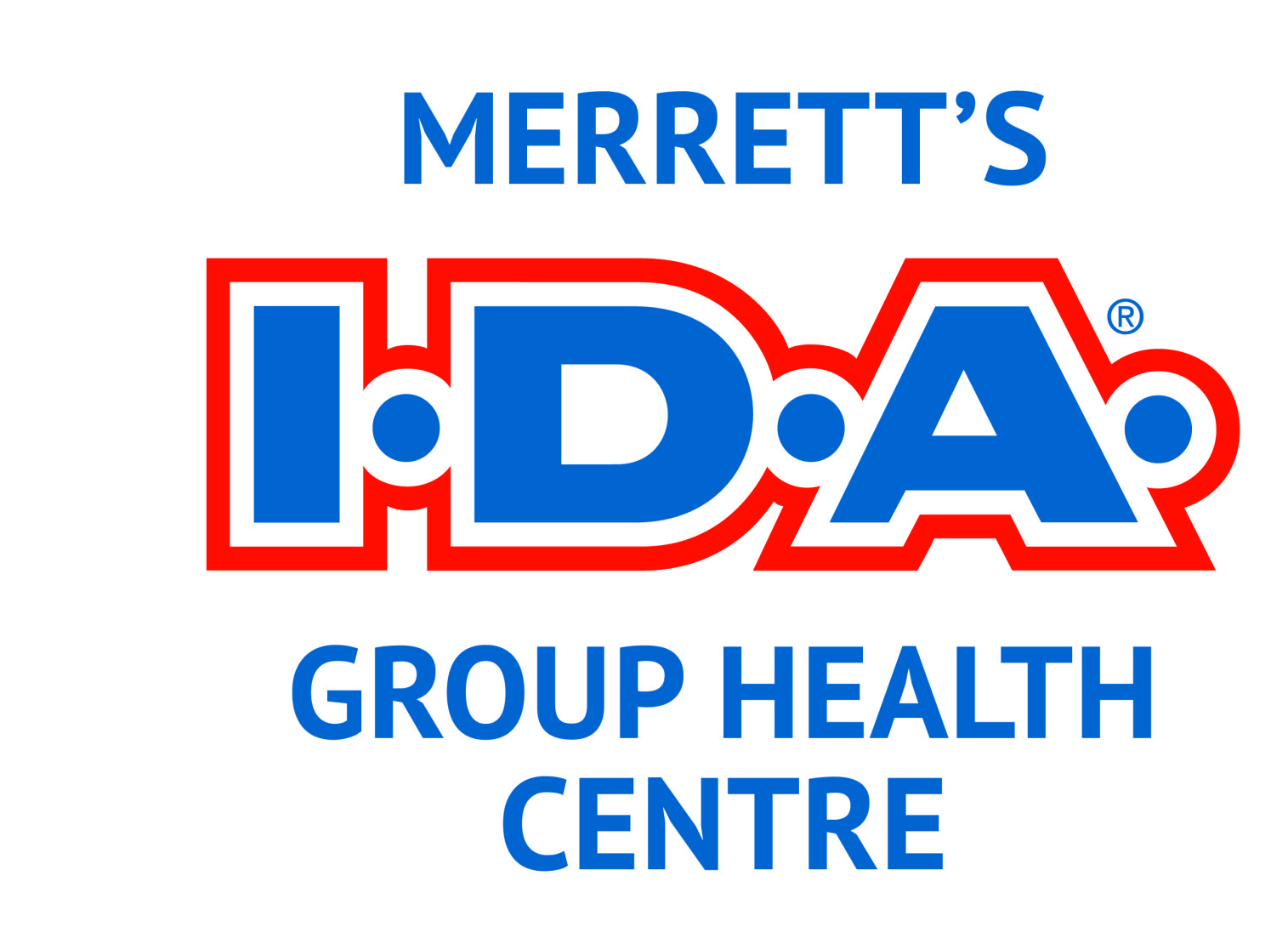Myths About The Sun
THE TRUTH ABOUT 7 SUN PROTECTION MYTHS
- MYTH 1: I CAN’T GET A SUNBURN ON A CLOUDY DAY.
Sunburns are caused by UVB rays from the sun. While clouds block part of these rays, the actual quantity of blocked rays depends on the type of cloud, the altitude you’re at, and the time of year. What’s more, clouds block very few UVA rays, which is the type of radiation responsible for premature skin aging and which also contributes to the risk of skin cancer.
The UV index can help you determine the intensity of the sun’s rays and the recommended skin protection measures you should take. Consult weather reports for the UV index, and protect your skin from harmful rays as soon as it hits 3 or higher.
- MYTH 2: I DON’T NEED SUNSCREEN IF I’M UNDER A BEACH UMBRELLA.
While it is true that a beach umbrella protects you from direct sun rays, it does not protect against indirect rays. Water; sand; and smooth, pale surfaces (e.g., concrete) reflect rays from the sun. When they bounce off the ground, the sun’s rays can still reach you and cause sunburn, even if you are under a beach umbrella or parasol.
- MYTH 3: IT’S SAFER TO TAN AT A TANNING SALON THAN IN THE SUN.
Tanning beds are no safer than sunlight. In fact, studies have shown that using tanning beds increases the risk of melanoma, the deadliest form of skin cancer. The intensity of some tanning beds can actually be three to five times higher than that of the sun’s rays at noon. UVA (and sometimes UVB) rays emitted by tanning beds are no less dangerous for your skin than those emitted by the sun.
- MYTH 4: A FEW SESSIONS AT THE TANNING SALON WILL GIVE ME A BASE TAN THAT WILL PROTECT MY SKIN FROM SUNBURN.
No level of tanning—whether artificial or natural—can protect against the harmful effects of the sun. In fact, any tan, be it light or intense, is actually a sign of skin cell damage. The skin darkens because the melanin it contains is redistributed by the body in an effort to protect itself against the harmful effects of the sun or tanning lamps.
- MYTH 5: MY FOUNDATION HAS AN SPF OF 50, SO I DON’T NEED TO APPLY SUNSCREEN ON MY FACE.
A foundation with a sun protection factor (SPF) of 50 will provide effective protection for approximately 2 hours of sun exposure, but you will need to reapply if you stay out in the sun any longer than that. No product provides all-day protection, regardless of the SPF.
- MYTH 6: PEOPLE WITH DARK SKIN, OR WHO TAN EASILY, DON’T NEED TO USE SUNSCREEN.
Dark skin naturally contains large amounts of melanin, which allows it to block part, but not all, of the sun’s rays. People with dark skin—and those who tan easily—are therefore not immune from the harmful effects of repeated or prolonged exposure to the sun. Contrary to popular belief, the skin does not get used to the effect of the sun.
- MYTH 7: IT’S IMPORTANT TO TAN SO MY BODY CAN PRODUCE VITAMIN D.
Your body needs about 20 minutes of exposure to the sun on an area equivalent to your face and hands to produce enough vitamin D to meet your daily needs. The skin does not need to change colour for this reaction to occur.
The use of sunscreen can reduce the skin’s ability to produce vitamin D. However, Health Canada considers that it is more important that you protect your skin against the damage caused by the sun, especially since it is possible to meet your vitamin D requirements through your diet or by taking a supplement. Your pharmacist can help you determine whether you need a supplement.
If you have questions or concerns about the effect of sun exposure on your health, talk to your pharmacist.
